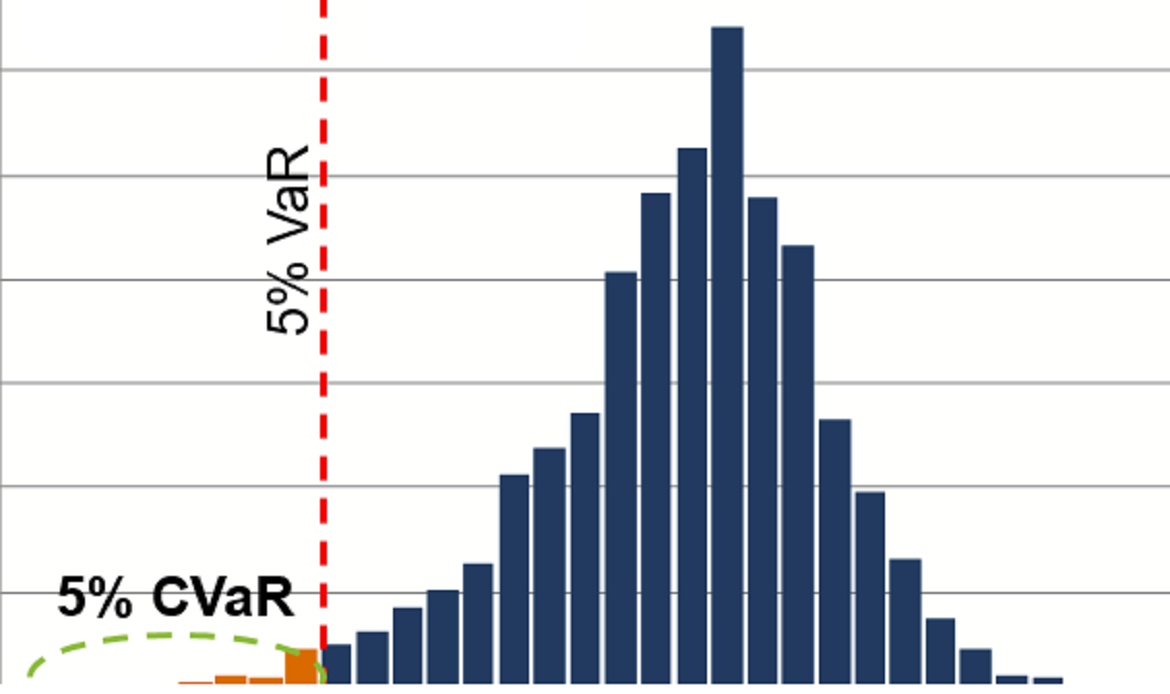A period of time prior to a default by a counterparty to a financial transaction when the counterparties cease to exchange the contractual margin or trade flows. This time period lapses between the last exchange of collateral (corresponding to a netting set of transactions) with a defaulting counterparty until the position involving the counterparty is closed out. A margin period of risk determines the period of time any close out is expected to take, at the end of which the market risk is neutralized.
It represents the period required by a market participant to terminate non–concentrated positions in a specific contract or transaction, by means such as hedging or transferring of the market risk, auction or liquidation.
The margin period of risk (MPOR ) is defined as per the respective transaction. For example, it may be five business days for centrally cleared derivative transactions subject to daily margining. It may also be set as ten business days for uncleared derivative transactions subject to daily margining, and 3) and up to twenty business days for uncleared netting positions involving a large number of transactions (over 5,000 transactions).





